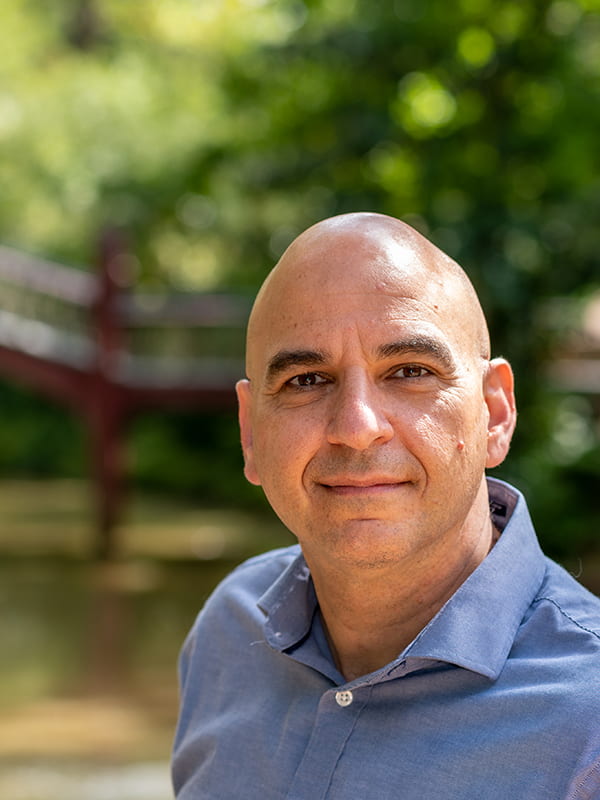Drive-Thru Pedagogy Blog
Pick up something practical.
Rethinking Student Assignments | Part 2: How to think about Technical Skills
May 24, 2021 • Mike Blum
What skills do you want your students to develop when they create a multimodal project? If you’re assigning an essay, you’re probably hoping students will improve their writing. That same expectation should apply to a multimodal project. At some level, you want the students to be better producers (and consumers) of whatever medium they’re creating. There are many skill sets at play in any multimodal assignment. Some of the most important are:
• Storytelling Skills
• Technical Skills
• Research Skills
• Problem Solving Skills
• Critical Skills
Identifying up front which skills are to be focused on will do a few things for you:
• Your assignment will be easier to design
• You’ll have an easier time explaining what skills students will gain
• The criteria used to judge student performance will be clearer
Today I’ll focus on three main considerations when addressing Technical Skills.
1. First, consider skill concepts, not specific applications. How important is this concept in understanding the type of communication students will produce?
2. Next, consider the application students will use. Can it be applied elsewhere? Is it useful in other situations?
3. Finally, how much time is involved to learn the application and apply it to the assignment?
Communicating the power students will gain from learning a concept and the corresponding application is crucial in getting buy-in from students, as is giving them a model project they can analyze. You should also have an idea of how much time this should take. The best way to accomplish these things is by producing a model assignment yourself.
A case in point is a project Hispanic Studies’ John “Rio” Riofrio recently assigned in his Hispanic Culture course. Rio wanted his students to create visual stories and narrated slideshows to explore aural and visual communication. We met to discuss the skills he wanted his students to gain. Like most instructors, he wanted students to spend more time on storytelling skills and less on technical skills. The key here is finding a set of free tools that students can learn quickly, are useful beyond the scope of the class, and can produce results. I suggested a combination of the Audacity audio recorder and OpenShot Video editor, both of which are free and open source. Rio was nervous but he was able to create his own narrated slideshow as an example for the class. He struggled with several details, from poor audio quality, to pixelated images, to the story arc itself, but he ultimately produced a solid B or B+ model. Setting an average benchmark left room for students to excel. He was also able to judge how much time and effort was involved, he saw the pitfalls and his own shortcomings, and ultimately understood the value of the assignment first hand.
I asked Rio for feedback on the value of modeling his assignment in this way, and here’s what he said:
“Going through the process of making my own digital narrative ended up being informative in ways that I couldn’t have imagined. In addition to helping me get a clear sense of the potential issues, pitfalls, and challenges that my students might face, it helped me to have a concrete understanding of the timeline they would have to stick to in order to be successful. Although it was challenging to find time during the chaos of the semester to compose my own project, I would do it again, no doubt about it.”
Read more:
• Rethinking Student Assignments | Part 1: A Study in Communication
• Rethinking Student Assignments | Part 3: Multimodal Assignments – Structure vs. Choice
© 2021 Mike Blum. The text of this work is licensed under a Creative Commons BY-NC-ND 4.0 International License.
Meet the Author
Mike Blum
STLI Program Manager & Teaching Consultant
Mike’s favorite type of projects are ones that combine storytelling and technology. Helping faculty and students tell their stories through building media rich websites, maps, videos, you name it. He is passionate about sharing stories and helping others share them in compelling and innovative ways.
